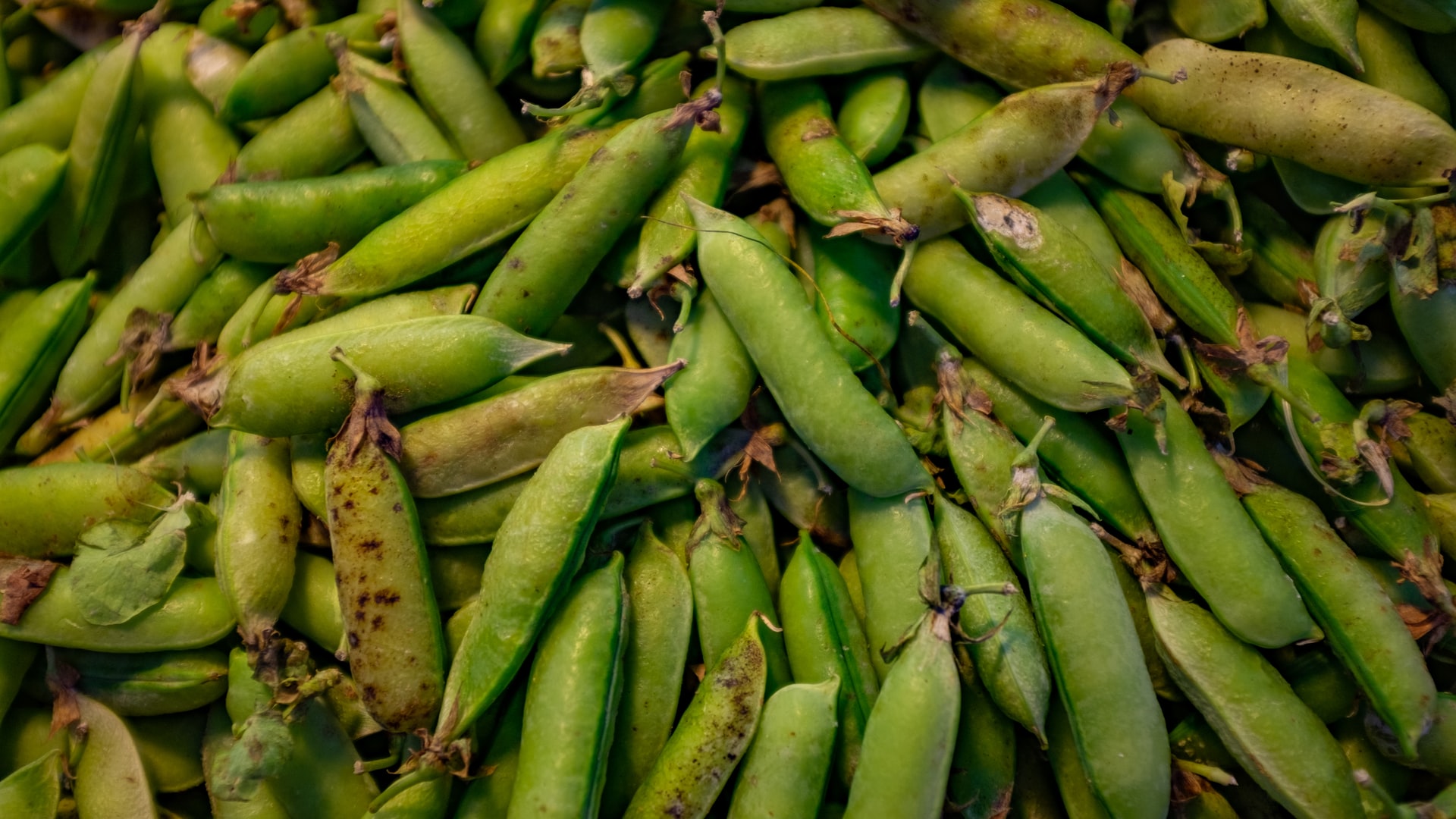Peas can be affected by several diseases throughout the growing season. Common diseases include downy mildew (Peronospora pisi), blight (Ascochyta pisi, Ascochyta pinodella, and Ascochyta pinodes), rust (Uromyces pisi), powdery mildew (Erysiphe pisi), white mold (Sclerotinia sclerotiorum), and wilt (Fusarium solani f. sp. pisi).
Downy Mildew (Peronospora pisi)
Infection by this fungus can lead to the destruction of young pea plants shortly after germination. The fungus can be seed-borne, but infections often result from spores carried over from previous generations on infected plant debris. The spores can survive in the soil for 10–15 years, serving as a primary source of infection. Infection requires high relative humidity (90%) for at least 12 hours, with the most favorable temperatures being 4–8°C. Crop rotation is a fundamental control measure, and resistant hybrids and seed treatments with fungicides (such as those based on metalaxyl) are also effective.
Blight (Ascochyta pisi, Ascochyta pinodella, Ascochyta pinodes)
Blight can be caused by three fungi: Ascochyta pisi, Ascochyta pinodella, and Ascochyta pinodes. These fungi are typically transmitted through infected seeds from one generation to the next. Infections can also occur via infected plant debris, though this is less significant. Key control measures include crop rotation and the use of healthy, treated seeds. Land intended for pea planting should not be sown with legumes for at least four years.
Key for Identifying Diseases in Peas:
- Yellowing leaves with a bluish coating on the underside: Downy mildew
- Brown spots on leaves and stems; black, rotted stem base: Blight
- Grayish growth on leaves: Powdery mildew
- White mycelium at the root collar: White mold
- Plants yellow and wilt: Wilt
- Yellow patches and puckering on leaves; poor plant growth: Virus infections
- Brown, later black pustules on leaves: Rust
From the book “Vegetable Pests” by M. Maceljski and collaborators













































